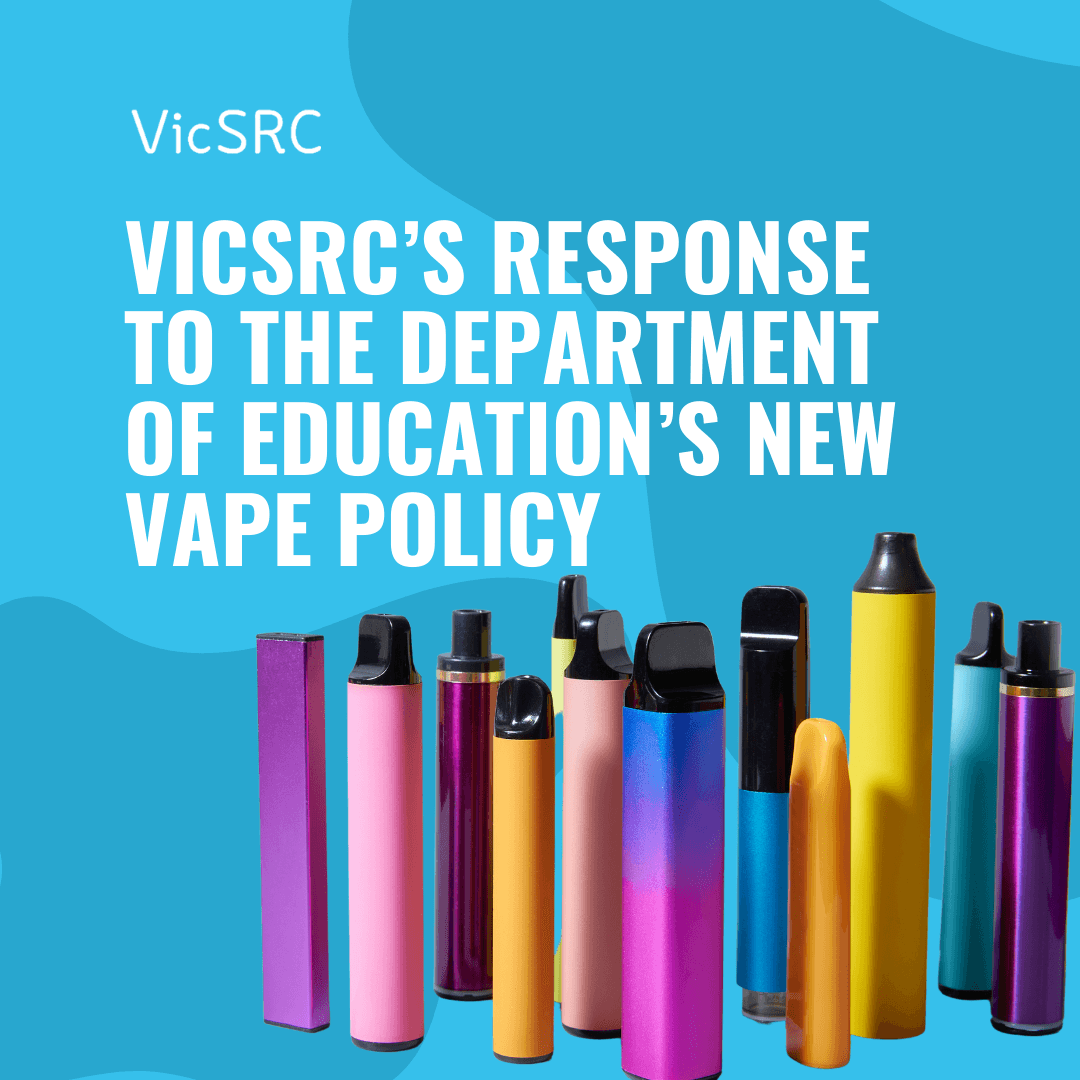Victorian government schools have reached their lowest retention rates in ten years, according to new data from the Australian Curriculum Assessment and Reporting Authority (ACARA). While VicSRC can consider potential root causes of this issue, further data needs to be considered before a conclusion is drawn.
The data demonstrates that this dip in student engagement has affected Victorian government schools more, with public schools seeing only 75.9% of their students graduate in 2023, compared with the 95% seen by independent schools. Victorian independent schools have had a 1% increase in retention, whereas Catholic and government schools had a less than 1% decrease each.
Media reports following the release of the data noted the higher retention rate among female students than male students, with suggestions made from VicSRC's CEO in an interview with 7NEWS around the gendered normalisation of trade-based school exits for male students. We know, due to the continuing gender imbalance within trades, that vocational pathway opportunities may be more appealing to male students than female students. This is not a new trend. In the past decade, there has consistently been a mostly 10% difference between male and female retention rates in Victorian government schools. Though, what is new, according to ACARA, is while the retention rates for male students are still significantly lower, female students' retention in government schools has also decreased within the past year.
This is not a new trend. In the past decade, there has consistently been a mostly 10% difference between male and female retention rates in Victorian government schools.
This dataset measures students who were enrolled in a specific school from Year 10 to Year 12. As such, it is unclear if this data includes school transfers within their measurement of retention. Factors such as students moving to different schools for their VCE, including Year 11-12 colleges, independent schools, or select entry government schools, may be a reason for a lower retention rate in government schools. We cannot be sure which proportion of these retention rates can be perceived as 'drop out' rates. We have contacted ACARA for further clarification.
This drop in student retention in Victoria follows a nationwide trend, where nationally, government school retention rates are lower than they were in 2010. Government schools in New South Wales, the Northern Territory, Tasmania and the ACT are also at their lowest in a decade.
Speaking to 7News, VicSRC's CEO Julia Baron said there were "a number of factors" to consider regarding the school engagement rate, "but the common theme we really see here at VicSRC is the lack of opportunities students have to have their voices heard in education. Students need meaningful and genuine ways to engage with their teachers, their schools … and even their government".
Baron noted the importance of providing alternative education pathways in the interview. There was a nationwide upward trend of students undertaking vocational education and training in 2022, with the majority of these students aged between 15 and 19 according to the National Centre for Vocational Education Research. Despite this, students have cited stigma and misinformation regarding alternative pathways as a key concern at VicSRC’s flagship student voice event Congress in 2023, along with student and teacher wellbeing. "Both students and teachers are sending a clear message we need to put everything on the table to address the teacher shortage, and students are feeling like they aren't getting the support they need while their teachers' mental health is suffering," Baron continued.
VicSRC’s CEO also spoke to the The Herald Sun regarding the data, saying “[o]ur priority is that the government is always looking into how they can support all students in Victoria to get equal access to high-quality education and that should be regardless of where they live and their socio-economic background.”
The ACARA data does illustrate some noticeable improvements in retention in other areas. Victoria’s First Nations students school retention has increased across the state by over 5%. The biggest jump in school finishers for this cohort is among independent schools, though government schools did see a 3% increase in retention. The Northern Territory is also touting an increase in First Nation students finishing Year 12.
Victoria’s First Nations students school retention has increased across the state by over 5%.
ACARA’s data is echoed by the Aboriginal and Torres Strait Islander Health Performance Framework, noting a trend of increased retention. Their data measures Year 7 and 8 to Year 12 between 2012-2021 and saw an increase in apparent retention of 7.9%.
What this data does highlight, is the importance of listening to students, and increasing alternative learning pathways across all secondary schools, "that aren't defined by academic performance". Pathways like the VCE Vocational Major that VicSRC continues to work with the Victorian Government to continually improve, should be made available for all students to ensure education is suited to every student’s individual needs and improve overall mental health and wellbeing.

